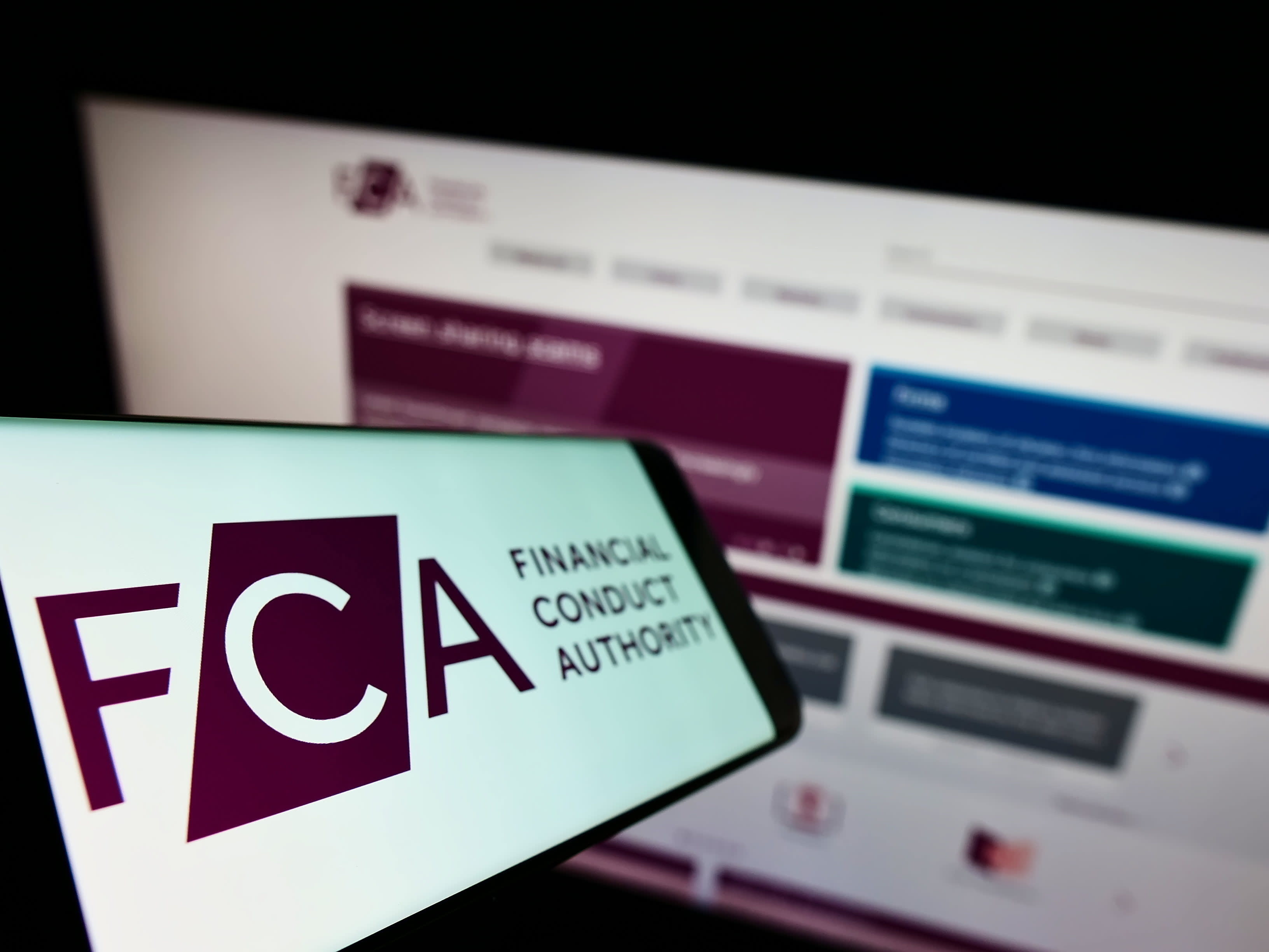He notes assets such as real estate, solar, wind farms and other renewables, infrastructure, hedge funds, private equity, and even more niche asset classes like aircraft leasing, collateralised loan obligations (CLOs) and bank loans, are all accessible in these types of listed investment companies.
What are the cons?
This is not to say investment trusts are a perfect structure – there are some issues which advisers should ensure their clients are aware of prior to investing.
The investment trust structure does have “complexities and challenges”, according to Alex Scott, deputy chief investment officer at Seven Investment Management.
He explains: “IT share prices can diverge significantly from underlying asset valuations. It’s important to understand the drivers of this – not only supply and demand for the shares, the timeliness, accuracy and conventions of valuation methodology used for calculating NAV, any discount control or redemption mechanisms that an IT may have, the structure and strength of the board, the nature of the shareholder register and so on.”
He continues: “Discounts may mean that there’s value on offer and an investment trust is unjustly neglected by the market; or they may simply mean that NAVs have not yet caught up with reality – it’s important to be able to understand which is which.
“Similarly, premium valuations can be a warning that a fund or strategy is excessively popular, they may be justifiable pricing for hard-to-access assets or they may, on occasion, reflect conservative or slow-moving valuation methodologies such that the real underlying value of the assets is well above the NAV. Again, it’s critical to be able to understand the difference.”
Mr Hambidge also cautions although the volatility of the underlying assets in many alternative assets is relatively stable, the closed-ended listed structure can result in significant share price volatility at times.
But he sees this more as an opportunity than a threat, as investors are able to buy when share prices have fallen and wait for them to recover.
Referendum chaos
The difference between the open-ended and closed-ended structures was brought home after the referendum on EU membership last year.
The surprise win for those who voted to leave the union caught many investors unawares and they tried to redeem their money from UK property funds, only for the managers to close to redemptions in many cases.
Ms Brodie-Smith recalls: “After the UK referendum last year we saw a number of open-ended property funds have to suspend trading, meaning that investors weren’t able to buy or sell them and this has happened before during the financial crisis.






